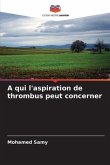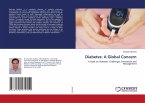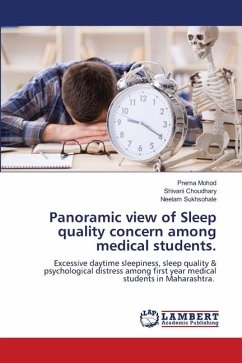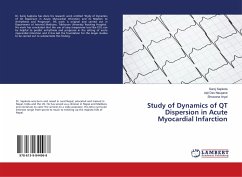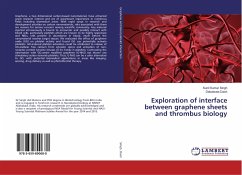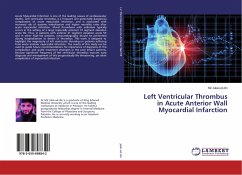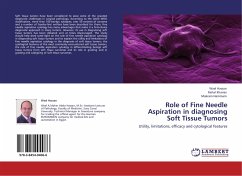With the evolution of percutaneous coronary intervention (PCI) it was recognized that, for patients with and without STEMI, preexisting thrombus and thrombus forming during PCI were associated with poor outcomes. The embolization of thrombus during PCI, leading to distal vessel occlusion, persistent chest pain, persistent electrocardiographic abnormalities, and poor clinical outcome, has been seen by all coronary interventionists. Although PCI became established as the dominant reperfusion strategy for the treatment of STEMI, benefit is sometimes limited. Mechanisms explaining this limited benefit have included delays in reperfusion and reperfusion injury. Thus, reperfusion injury became a topic of great interest and it was recognized that thrombus burden and embolic debris, thrombus and atherosclerotic plaque, might be important contributors to that injury. In this study, we aimed to conduct a comprehensive analysis to evaluate the outcomes associated with aspiration thrombectomy on myocardial perfusion, stent characteristics, and MACCE.


